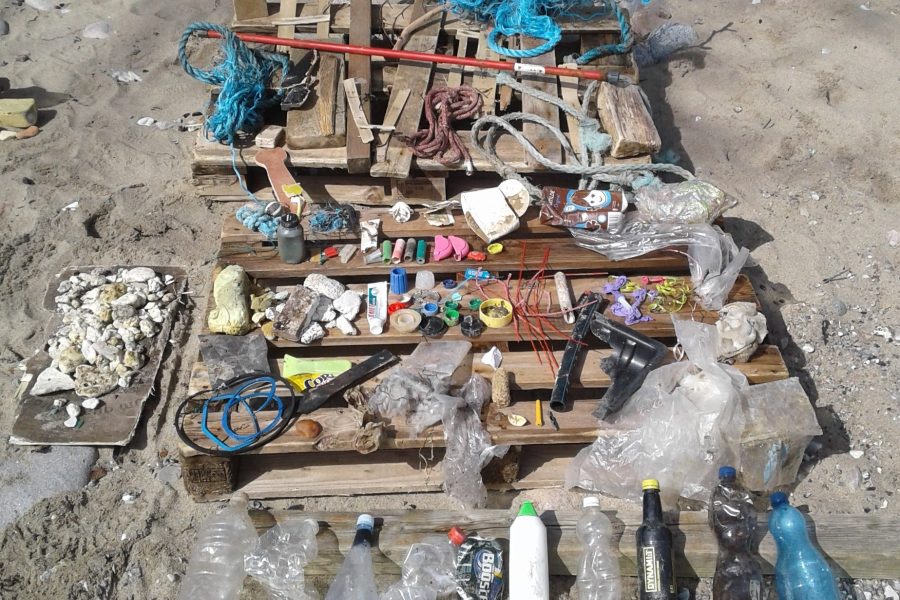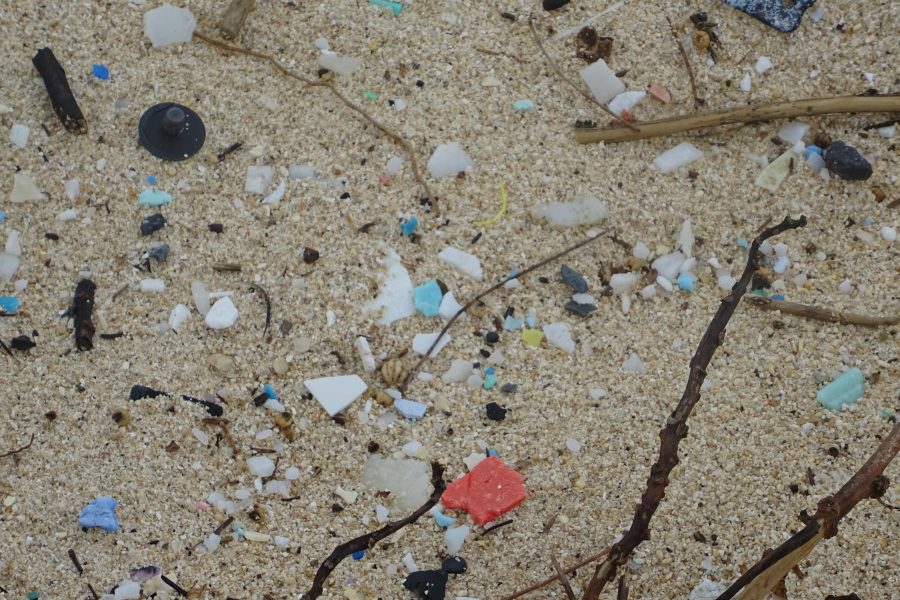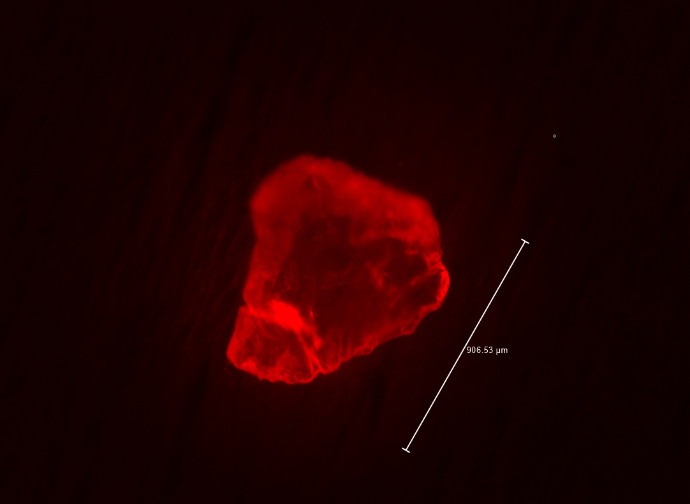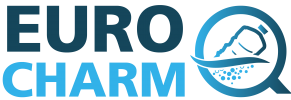General Standardization of methods to measure plastic pollution by 2024? EUROqCHARM faces up to the challenge.
The ambitious goal of the European project, EUROqCHARM, is to establish harmonized methodologies for the monitoring and assessment of macro-, micro- and nanoplastics in the environment, as well as blueprints for standards and recommendations for policy and legislation.
More specifically, EUROqCHARM will evaluate existing methodologies for plastic pollution assessments, harmonize them on a European level - with rigorous quality control - and reinforce the European monitoring capacities based on the developed guidelines. The goal is to achieve this for plastic debris, microplastics ànd nanoplastics in freshwater and seawater, in soil and seafloor sediment, in living organisms, and in the air. The project will deliver the necessary and very urgent methodological support that is needed to successfully implement long-term strategies to deal with plastic pollution.



Beach litter, ocean garbage patches, microplastics in food, plastic dust particles in the air: there is ample evidence today that plastic pollution is widespread. It is threatening wildlife, the marine, aquatic and terrestrial environment, and human health. Consequently, plastic pollution has gained significant attention on the agenda of policy makers, academia, media and general society. More importantly, there is now a consensus for action, which should result in the implementation of long-term and robust strategies to mitigate plastic pollution and its effects. That process, however, requires a thorough understanding of the plastic pollution problem, based on standardized and interchangeable methods for sampling, analysis and reporting. But this is where the shoe pinches: plastics in the environment are currently sampled, analyzed and reported in many different ways around the globe. Methods are also rapidly changing. Ten years ago, for example, it was common practice to do an acid based digestion and subsequent visual (stereoscope) scanning. At this moment, methods are evolving towards enzyme based digestion and advanced high resolution spectroscopy such as µFTIR of µRAMAN, or even SEM-EDX (Scanning Electron Microscopy & Energy Dispersive X-Ray Spectroscopy) to detect particles smaller than 1 micrometer.
EUROqCHARM will critically review state-of the-art analytical methods and, taking harmonization one step further, validating them through interlaboratory comparison. This will bring together prominent laboratories in environmental plastic analysis and will produce certified reference materials.
A lack of harmonized methods for gathering and reporting data presents a major obstacle to the implementation of monitoring and mitigation actions. This is further hampered by a lack of clear guidelines on the purpose of these monitoring efforts.

EUROqCHARM unites 15 key actors involved in studying and monitoring plastic pollution in Europe, under coordination of the Norwegian Institute for Water Research. Bert van Bavel, project coordinator from NIVA: “EUROqCHARM will critically review state-of the-art analytical methods and, taking harmonization one step further, validating them through interlaboratory comparison. This will bring together prominent laboratories in environmental plastic analysis and will produce certified reference materials. Knowledge transfer will be facilitated by means of workshops and capacity building for countries yet to initiate monitoring.“
The project will establish a communication network consisting of scientists and a large number of stakeholders. These stakeholders are brought together to enable cooperation and participation in the dialogue, decision making and implementation of solutions. This step is critical, as the necessary developments require the engagement and collaboration of researchers and various stakeholders with a thorough understanding of the complexity arising from the wide array of polymer types and particle sizes dispersed in water, sediment and air. To this end, the EUROqCHARM initiative brings together all relevant research areas (natural sciences: marine, surface, groundwater, drinking and waste water, soil, air; analytical chemistry etc.), industry (instrument manufacturers, plastic producers and commercial laboratories), regulators (United Nations, EU and national level, standardization bodies), professional associations and societies, policy makers (UN, EU and national level) and national and international Non-Governmental Organizations (NGOs). This puts Europe in a unique position to coordinate the validation of the available methods and the development of harmonized protocols for assessing plastic contamination. These methods and protocols will enable data comparison, which will form the basis for European and international guidelines and regulations. This will support policy makers, industry and the scientific community in their endeavor to reduce the environmental impact of plastic pollution.
